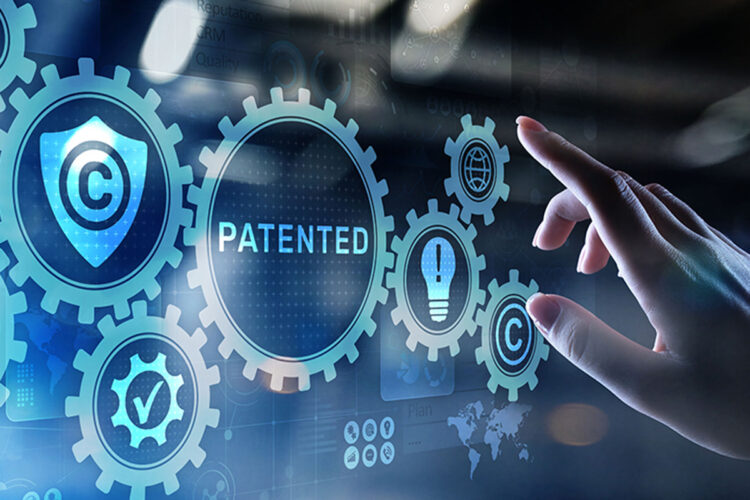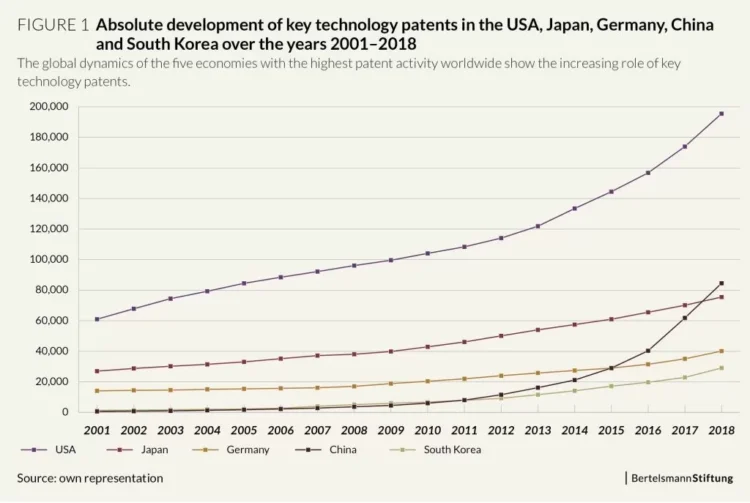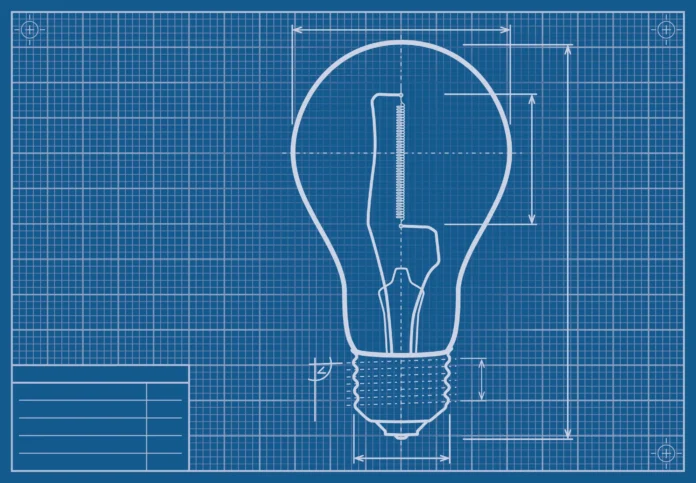Are you curious to know how the modern world has been impacted by the patent system? You’re in luck! This blog dives into the history and importance of patenting, showcasing how it has influenced our world and technology today. Uncover the fascinating story of the patent system and explore why it remains an essential part of our lives.
Impact on Innovation and Technology

In the modern world, the patent system has devised a way to protect innovators and their ideas, paving the way for creative breakthroughs and technological achievements. Patents protect inventions by granting exclusive rights to inventors for a certain period of time. This means that during that period no one else can use their patented invention without their explicit permission or face legal consequences.
This system has allowed innovators to pursue their creative ideas without fear of someone else stealing or copying them. The process also encourages research, experimentation and investments into technological advancement through financial incentives such as monopoly power and alienability – allowing holders of patents to lease or sell their rights. In a world where ideas are constantly being created and improved upon, InventHelp provides a valuable service for inventors looking to protect their intellectual property and bring their ideas to life.
The US Constitution recognizes this system as necessary in promoting progress, granting Congress the power “to promote the progress of science and useful arts by securing for limited times to authors and inventors the exclusive right to their writings and discoveries”.
Ultimately, the patent system serves as a strong incentive for innovation contributing greatly not only in developing new technologies but also furthering new economic growth paradigms around the world. It has fundamentally changed how we develop new products from tangible goods such as cars and smart devices to intangible services such as software solutions facilitating our day-to-day lives.
Impact on Businesses

The patent system has had a huge impact on businesses all around the world. Businesses are able to protect their intellectual property and further develop lucrative products for a competitive market. A patent gives businesses exclusive rights over their new product or invention, allowing them to prevent others from using or manufacturing it. This security encourages innovation and allows companies to invest in more creative endeavors due to less risk of people taking advantage of their ideas.
They also help businesses grow and monetize their inventions since they can charge royalties or fees and receive compensation for their investments in research and development. The presence of the patents keeps prices competitive since external parties can help improve existing products or create something similar at a lower cost, resulting in lower prices for consumers in the long run. In addition, any improvements made on patented products by other companies will be credited to its original inventors as well, which further incentivizes innovators.
Furthermore, this system also provides opportunities for small businesses who may not have access to capital that larger organizations do. Smaller companies with limited resources can use patents as a way to protect their ideas from larger competitors until they are ready to commercialize them in industries like biotechnology, pharmaceuticals, energy, aerospace, and electronics. Preventing large multinationals from making unauthorized use of inventions created by smaller firms that rely much more heavily on innovation for revenue generation ensures fair competition within these industries.
Impact on the Global Economy

The global patent system has had a significant impact on the global economy, especially in terms of providing incentives for innovation and driving technological development. Patents allow inventors to protect their creations and make sure that anyone who uses, copies, or sells their invention without permission can be held accountable and must pay for it. This encourages inventors to continue innovating and developing new technologies with the hope that any profits from their inventions will provide financial rewards as well.
Finally, they play an important role in facilitating collaborations between organizations. Such collaborations bring together complementary strengths and resources in order to develop new technologies or increase productivity levels faster than individual entities could do on their own. As such, collaborative efforts are often underpinned by patent transactions – licensing agreements between organizations – in order to ensure the protection of everyone’s IP rights and interests while ensuring fair compensation across groups when sharing improvements or innovations produced through partnership efforts.
Impact on Society

The patent system has had a significant influence on our society that touches almost every aspect of it. They are an important part of our economy, with the global value of Intellectual Property estimated to be in the trillions U.S. dollars. They provide innovators with a legal and financial advantage that incentivizes investment in research, development and further innovation. This can have a long-reaching impact, with inventions such as the airplane and the telephone being landmark successes that have dramatically changed the way we live our lives today.
They also play an important role in protecting businesses from unfair competition, both domestic and international. By allowing inventors to protect their ideas from unauthorized use or duplication, these businesses can remain competitive within their markets and avoid costly litigation over infringement disputes. Additionally, they help maintain quality standards by preventing competitors from diminishing an invention’s performance with inferior counterfeit parts or materials.
From large-scale innovation to individual entrepreneurs looking for recognition within their niche market, they can provide invaluable protection for those seeking to make their mark on our world for both financial gain and public recognition.
Challenges and Critiques
The patent system, designed to promote innovation by granting inventors exclusive rights to their creations, has its fair share of challenges and criticisms. One of the most debated issues is the rise of patent trolls. These are entities that purchase patents not to use them for innovation but to sue or threaten litigation against alleged infringers, often with the hope of securing lucrative settlements. Such practices have led to growing concerns about the misuse of the patent system for financial gain rather than promoting innovation.
Then there’s the problem of patent thickets. In areas where numerous patents relate to a single product or process, navigating the complex web of rights can be daunting. For startups and smaller enterprises, this can be especially challenging as they might lack the resources to untangle these thickets, leading to reduced innovation and increased legal disputes. To overcome any challenge that comes with pushing forward a new invention you need to learn more at all times.
Global Variations
The patent system isn’t uniform worldwide; variations exist from one country to another, shaped by diverse legal systems, cultures, and economic needs. For instance, while some countries might grant patents readily for software or business methods, others might be more restrictive.
The TRIPS Agreement (Trade-Related Aspects of Intellectual Property Rights) has been pivotal in harmonizing patent laws globally. Established under the World Trade Organization (WTO) umbrella, TRIPS mandates minimum standards for patent protection, effectively creating a baseline for member countries. However, even with this agreement, nuances and differences persist. For businesses operating globally, understanding these variations is crucial not just for protecting their inventions but also for market expansion strategies.
Emerging Technologies
As we tread deeper into the 21st century, the patent system grapples with the meteoric rise of emerging technologies. Consider artificial intelligence (AI). Traditional patent systems are designed around human inventors. But with AI capable of ‘creating’, who should be credited as the inventor? Should an AI’s output be patentable? These are questions without easy answers.
Biotechnology poses another set of challenges. Genetic engineering, for instance, involves manipulating life forms. Determining what can and cannot be patented in this realm (e.g., modified organisms, specific genes) remains contentious.
Then there’s blockchain, a technology underpinning cryptocurrencies but with potential applications far beyond. The decentralized and transparent nature of blockchain contrasts with the exclusivity of patents. As blockchain applications proliferate, ensuring they coexist harmoniously with patent principles is pivotal. Having an idea worth considering? Start here, and read more.
Patent Reform Efforts
Recognizing these challenges, many countries and international bodies are revisiting their patent laws. Patent reform efforts aim to ensure that the system remains conducive to innovation while minimizing misuse.
For instance, in response to concerns about patent trolls, some jurisdictions have introduced measures to curb frivolous patent lawsuits. Reforms are also being discussed to address the challenges posed by emerging technologies. Should there be specialized patent guidelines for AI or biotech? Is there a need for international consensus on such matters?
Furthermore, as technology blurs boundaries and global collaboration becomes commonplace, there’s a growing call for more synchronized patent systems. While complete uniformity might be unattainable, the push is towards ensuring that patent principles align more coherently across borders.
Conclusion
To conclude, the evolution of the patent system has had a considerable impact on our modern world. They have enabled inventors and entrepreneurs to benefit from their ideas, inventions, and improvements. The patent system also allows individuals to protect their creations and help establish ownership of their original work. Additionally, patents have been fundamental in promoting research, innovation, and creativity in areas that are vital to the tech industry as well as other industries worldwide.
Ultimately, we can see how profoundly the patent system has influenced our modern world when we consider the expansive variety of inventions that have been created over the years. Going forward into the future, it is likely that current trends in technology and innovation will continue with bringing about additional changes to the patent system.







